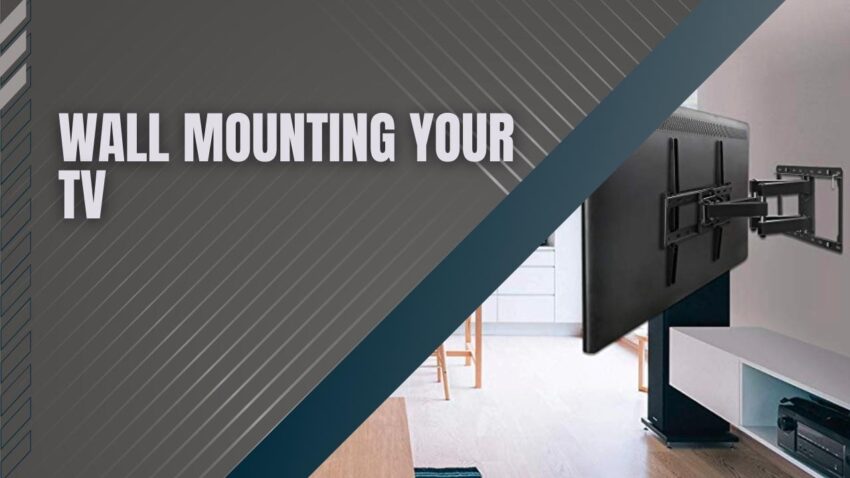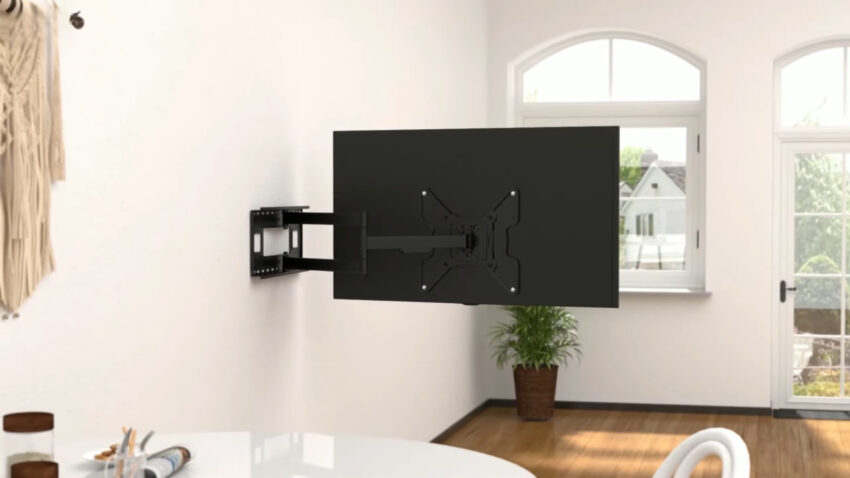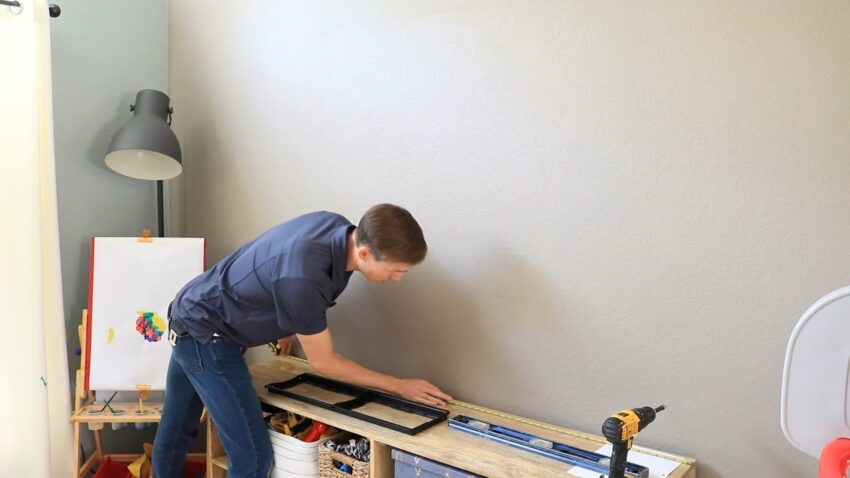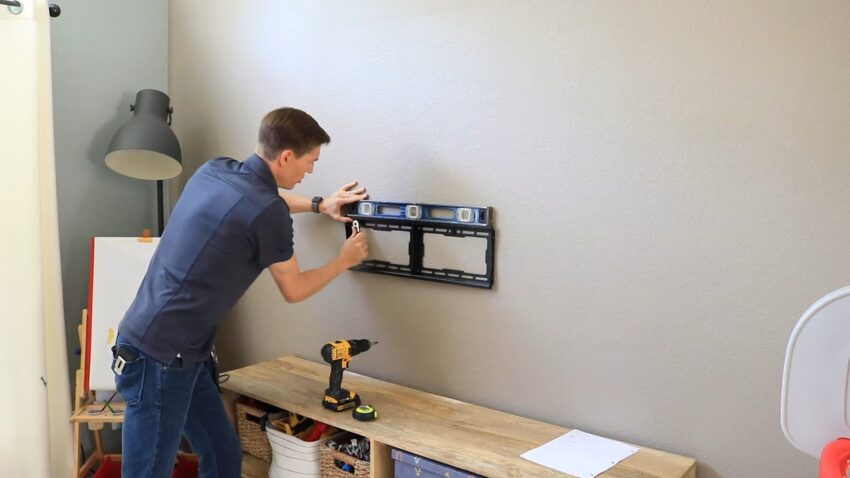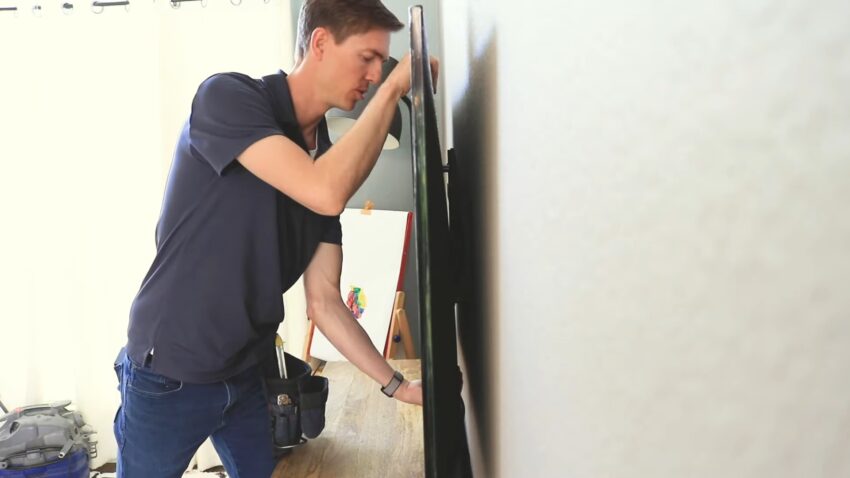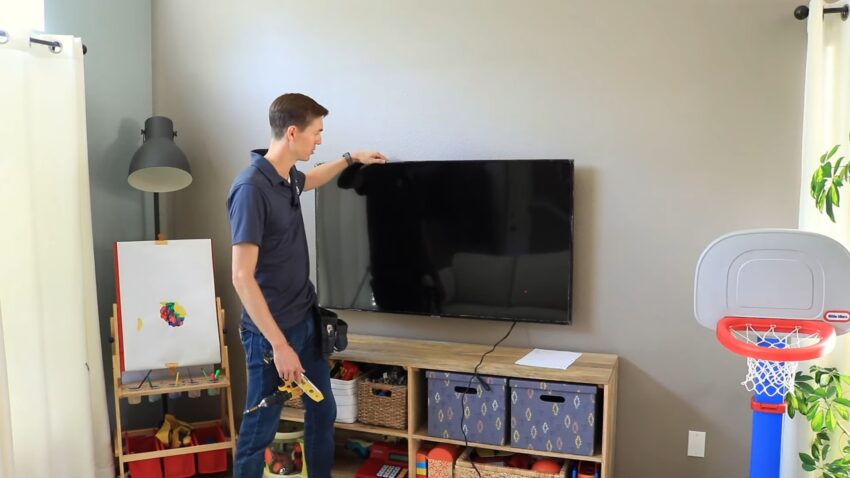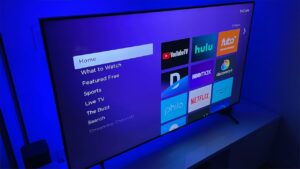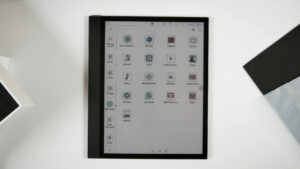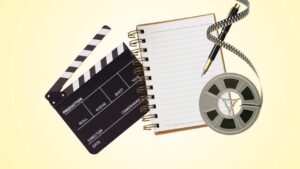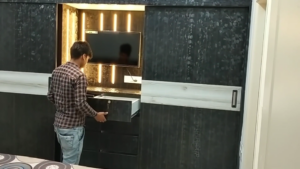Wall mounting your TV will help you to get the best viewing angle and makes your living room less cluttered. It may seem difficult for mounting the TV to your wall, but it’s very easy when you use the right tools. First, choose where to mount the TV and find wall studs that can be used to support it.
Then, install the mounting bracket to your wall and attach the mounting plate to the back of your TV. Connect the plate to the wall mounting bracket and see the position of your TV to get the best viewing experience.
There are a few things you need to check before you begin
Unless it’s a really old house, you’re likely to have at least two different wall forms in your home – brick walls, and stud walls. Many walls may hold a TV, but with stud walls, you need to be especially careful.
1. Brick walls:
The brick walls are perfect for mounting a TV of any size, just try to make sure that the mounts go into the cement, not the mortar, as the brick will provide a much safer fitting. Use high-duty wall anchors that are specifically designed to go into a brick and hold heavy items is a good idea when you’re installing a large TV.
2. Stud walls:
Interior walls are often constructed of a wooden stud attached to it with plasterboard. While the wooden studs are strong enough to hold a TV. if you plan to install the TV directly onto the plasterboard, you will need to use separate plasterboard fixtures to ensure that the TV weight does not overweight the maximum weight of the fixing set.
Some stud walls have a metal frame. Your TV will have to be mounted to the plasterboard with these types of walls just make sure that your TV is not too big for the plasterboard fixings.
You should have the following equipment before wall mounting TV:
- Mounting bracket
- Tape measure
- Screwdriver
- Pencil
- Spirit level
- Rawl plugs
- Drill
How to Wall Mount Your TV – Step by Step Guide
1. Choosing the right position for wall mounting TV:
Make sure that you exactly know where you want the TV to be placed before you start drilling holes. Choose a wall that will allow the entire house to watch the TV and provide the best picture quality and will not be affected by the sunlight coming from the windows. Because in order to get the best image performance, viewing angles are often necessary, so choose your position carefully.
- For wall mounting TV, you need to screw holes into the wall, make sure to screw hole perfectly before mounting TV.
- If your house has a center point, wall mounting TV above it gets the best viewing angle performance.
2. Fix the mount to the wall
Many TV brackets come in two parts, the wall mount which fits directly on the wall, and the TV bracket which holds the TV and connects to the wall mount. Use a tape measure to calculate the gap between the bottom of the TV and mounting bracket. Then mark it with some painters tape so you remember the position.
It’s always a good idea to double-check and clarify whether you drill next to any electrical cables or pipelines.
- Hold the mount up to the wall. Use a level to make sure it’s straight.
- Use a pencil and mark it on the wall where you need to mount
- Attach a bit of masonry to your drill and drill holes where you have marked.
Drill the holes in the wall and place the rawl plugs inside the holes when you are confident that everything is perfect and in the right position.
3. Attach the mounting plate to your TV
First, remove the stand from the TV if you haven’t already done so. Locate the connecting holes of the mounting plate at the back of the TV. Sometimes they are covered in plastic or they already have screws in them. If so, take them away. Connect the plate with the included materials to the back of the TV.
4. Connect the cables and lift your TV into place
Connect everything you want to attach to your TV before wall-mounting TV, such as power, aerial, and HDMI. Then remember once mounted you can’t reach the ports of the HDMI. And lift the TV and position it with someone’s support – secure the two pieces of the bracket with a screwdriver.
FAQ
What types of walls are suitable for TV mounting?
Brick walls and stud walls are suitable for mounting a TV. However, for stud walls, especially those with a metal frame, you need to ensure that the TV weight does not exceed the maximum weight the wall can support.
What tools do I need to mount a TV on the wall?
You will need a mounting bracket, tape measure, screwdriver, pencil, spirit level, rawl plugs, and a drill.
How do I choose the right position for wall mounting my TV?
Choose a wall that allows everyone in the house to watch the TV, provides the best picture quality, and is not affected by sunlight from windows. Also, consider the viewing angles for the best image performance.
How do I fix the mount to the wall?
Measure the gap between the bottom of the TV and the mounting bracket, mark it, and then drill holes at the marked points. Insert rawl plugs into the holes and then fix the mount to the wall.
How do I attach the mounting plate to my TV?
Locate the connecting holes at the back of the TV, remove any existing screws or plastic covers, and then attach the mounting plate using the included materials.
What should I do before lifting my TV into place?
Connect all necessary cables, such as power, aerial, and HDMI, before lifting the TV into place. Once the TV is mounted, it may be difficult to reach the HDMI ports.
What are the benefits of wall mounting a TV?
Wall mounting a TV saves space, provides a better viewing angle, and protects the TV from potential damage.
Conclusion:
By using the wall mounts, minimal space will be occupied by your TV, so you will get some additional space to place more stuff. By installing wall mounts the viewing angle will be better resulting in better picture quality. To be on the safer side, wall mounting TV safeguards it from any scratches or damages from kids.
